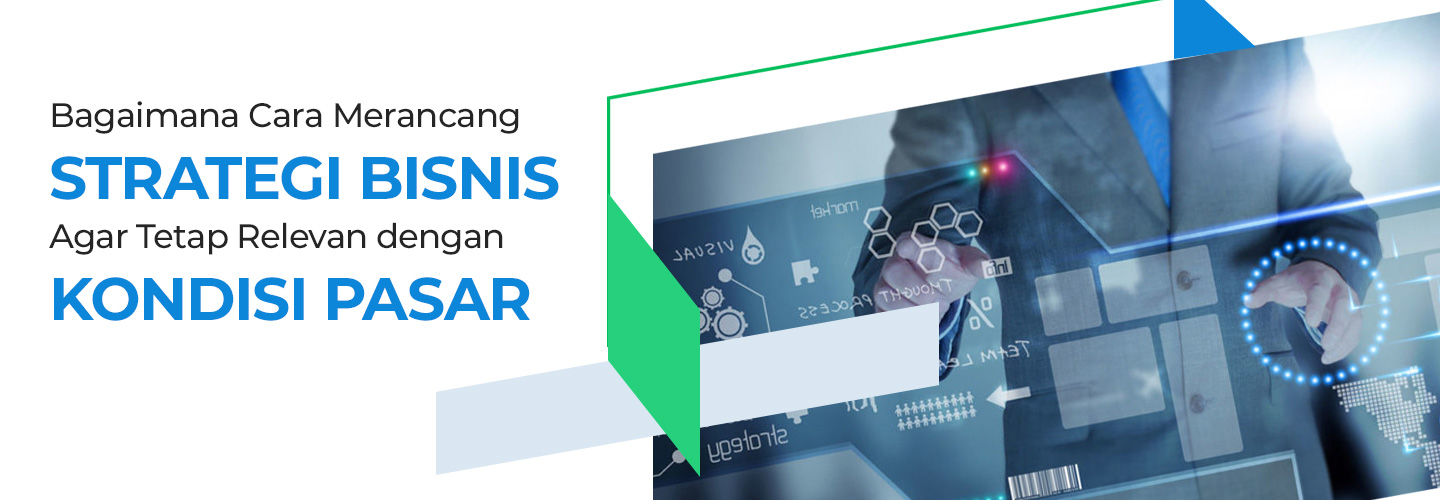Change Management: Meaning, Benefits, Framework, and Steps to Do It

In a company, changes can result in decreased work productivity and even losses. Therefore, proper change management is needed.
There are several types of frameworks that you can use to ensure changes in your business can be implemented and accepted well. In this article we will explain in full about change management.
What is Change Management?
Change management is a systematic step that companies must take in implementing organizational, operational changes, and the technology adaptation process. In other words, companies must ensure change continues while encouraging employees to take part in it.
According to TechTarget, change within a company, on any scale, can cause stress and discomfort. Decreased productivity and job satisfaction are only a small part of the negative impacts of messy change.
Before making changes within your company, you should consider the following:
- Impact of changes on operations and employee conditions.
- Prepare clear stages and implementation schedule.
- Document all stages and change processes so that nothing is missed.
All of the above considerations will form the right change management plan. You can also choose a framework that suits the type of change and all employees.
Benefits of Change Management
If the company has a structured and systematic change management plan, the following are a number of benefits that will be felt:
For companies
- Complete system and documentation.
- Ensure the similarity of expected and occurring changes.
- Automation systems can be adopted precisely and quickly.
- Can identify what needs to be changed and eliminated.
- Can determine infrastructure whose function can be changed.
For employees
- Understand the reasons and solutions carried out by the company in the change process.
- Understand the role and impact that can be provided during the change process.
- Equalize the perspective and feelings of each employee towards change.
- Understanding that his and the company's future is on the same path.
- Can compare expectations and facts of changes that will occur.
Types of Change Management Frameworks
As mentioned above, there are several types of change management frameworks to ensure a smooth process. Summarizing Apty, here are four frameworks commonly used by companies in carrying out change management.
Kotter change management
This framework was popularized by Harvard professor John Kotter. The process he introduced is popular and has been used by many companies since 1996.
Kotter divides the change management process into eight important steps.
- Create urgency for change.
- Building collaboration within the organization to support change.
- Create a strategic and realistic vision.
- Can convey the vision well and clearly.
- Encourage various parties to take part in the process.
- Celebrate all small and short-term achievements.
- Maintain the duration and speed of the change process.
- Cultivate and form a corporate culture within the company.
When creating urgency for a change, you must be able to convey the reasons and the problem you are trying to solve. Make sure this information is conveyed transparently to employees.
Lewin's change management model
This change management model is quite simple, Lurt Lewin describes the following three phases.
Unfreeze
This phase is used to map out what needs to be changed and what kind of preparation is needed. In detail, pay attention to the following three things:
- Decide what to change.
- Analyze the company's current operations and what changes need to be made.
- Communicate changes transparently.
Change
This phase is when all changes begin to be implemented. Make sure these two things are done:
- Ensure all employees understand the positive impact of change.
- Provide training and time for employees to adapt.
Refreeze
This final phase is to ensure the changes are implemented correctly. Three things to do are:
- Convey again the goals and impacts that will occur from changes to the company's internal processes.
- Ensure company stability during and after changes.
- Celebrate success and success in making changes.
PDSA
This change management is a framework that prioritizes continuity. This means that even though changes have been implemented, the process will continue to be optimized and developed. The PDSA stages are:
- Plan – Identify changes and develop a plan.
- Do – Make changes from the smallest scale.
- Study – Analyze the results of changes and identify successful patterns that need to be corrected.
- Act – Make decisions and implement changes based on analysis and lessons learned.
This change management helps companies and employees to remain flexible and develop.
ADKAR model from Prosci
This framework prioritizes perceived outcomes in change management. Prosci outlined these five results or achievements:
- Awareness – Company management explains the changes that will occur and their causes.
- Desire – Leaders and managers ask for employee support through case studies and facts about company conditions. It is recommended to conduct 1-on-1s to understand employee opinions and concerns.
- Knowledge – Changes are implemented thoroughly. Companies must hold training to support employees in adapting.
- Ability – Employees will begin to apply changes in their daily work.
- Reinforcement – Give appreciation to employees for implementing and making the change a success.
Steps to Perform Change Management
If you look at the various frameworks above, the key steps for effective change management are:
Open-minded leader
Quoting Asis Online, feelings of frustration and uncertainty in change can be overcome by a company that can embrace all parties and be open. Internal stakeholders, clients, employees and consumers must receive a complete explanation and understand the new steps the company will take. The right leader will ensure all of those things happen.
Involvement of all related parties
Still related to the previous point, change requires help from all parties in the company. Every team, stakeholder and employee must work together to carry out and support the change process.
Open and clear communication
It can be concluded from the various frameworks above, transparent, intensive, effective and personal communication can help the change process run smoothly.
Change-related training
Employees must receive training and be given realistic time to adapt to changes. Managers can hold 1-on-1 sessions to check on employee conditions.
Clear success metrics
The final step is to determine realistic and clear targets for success. Frustration and uncertainty can result from metrics that are “too high” or impossible to achieve in a short time frame.
That is a summary of change management so that companies can avoid problems that could have a bad impact.
Through proper change management, the mission and vision of leaders and employees will be united. Therefore, change management is a process that must be prepared carefully.
Before making a decision, you should first study the change process and management.
Join the prasmul-eli short program and learn about various change processes and management!
Click here now to discover classes and programs!

